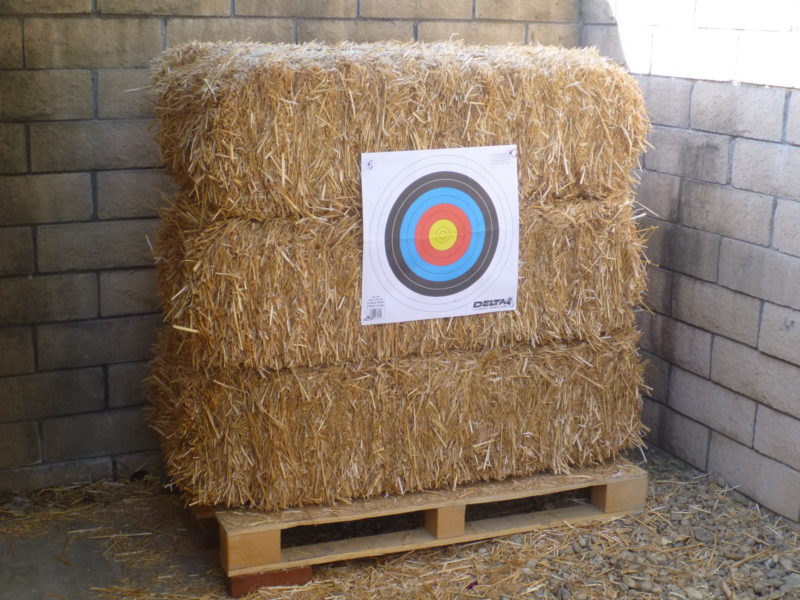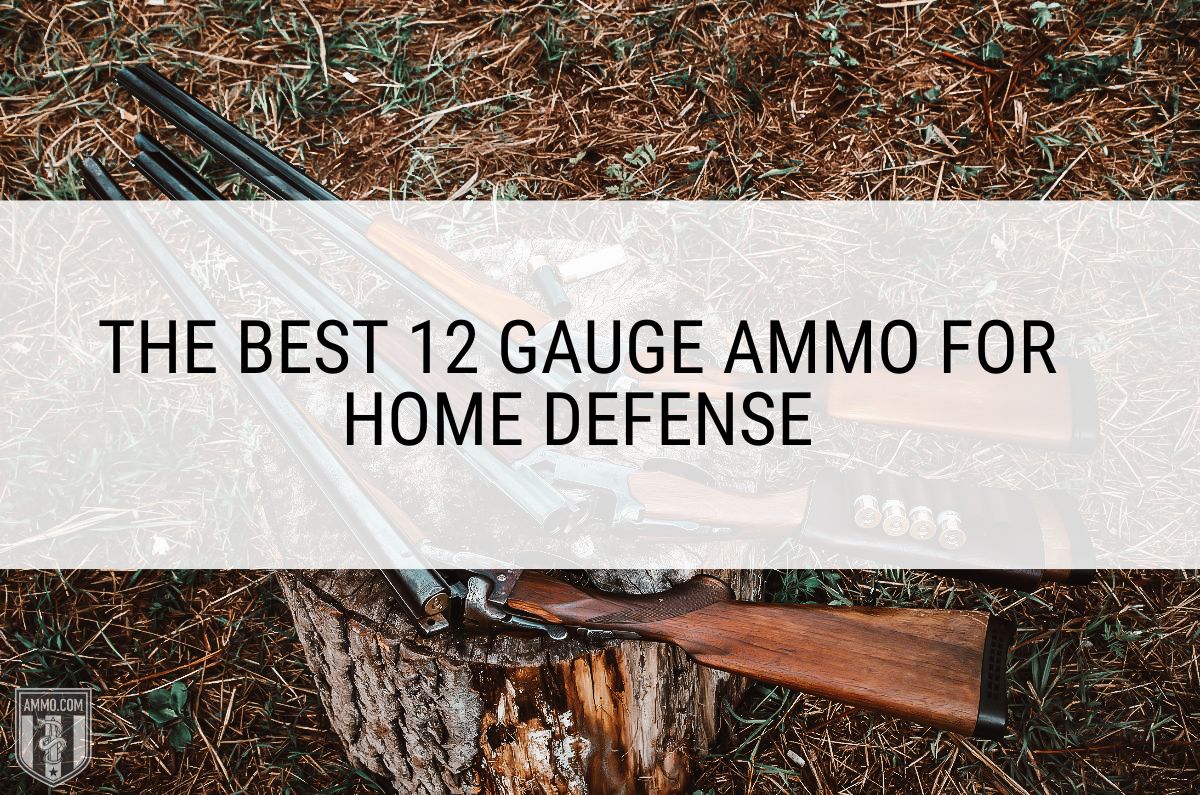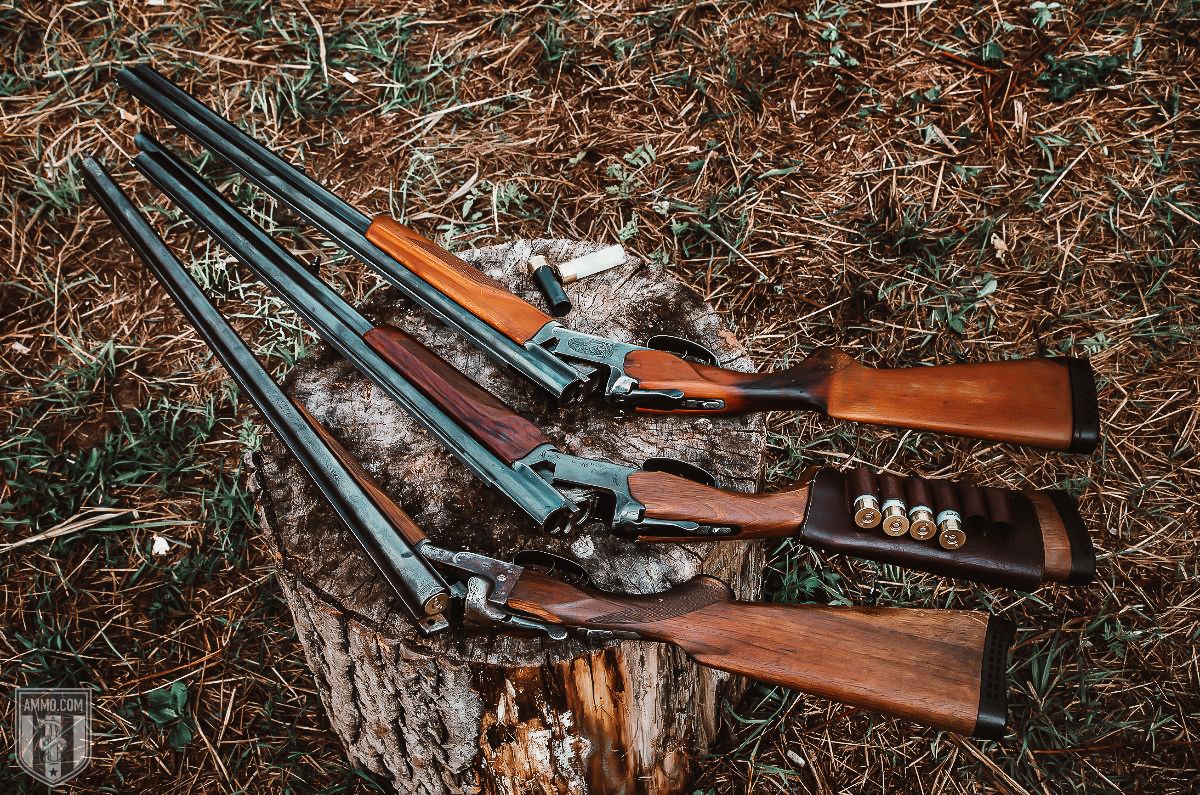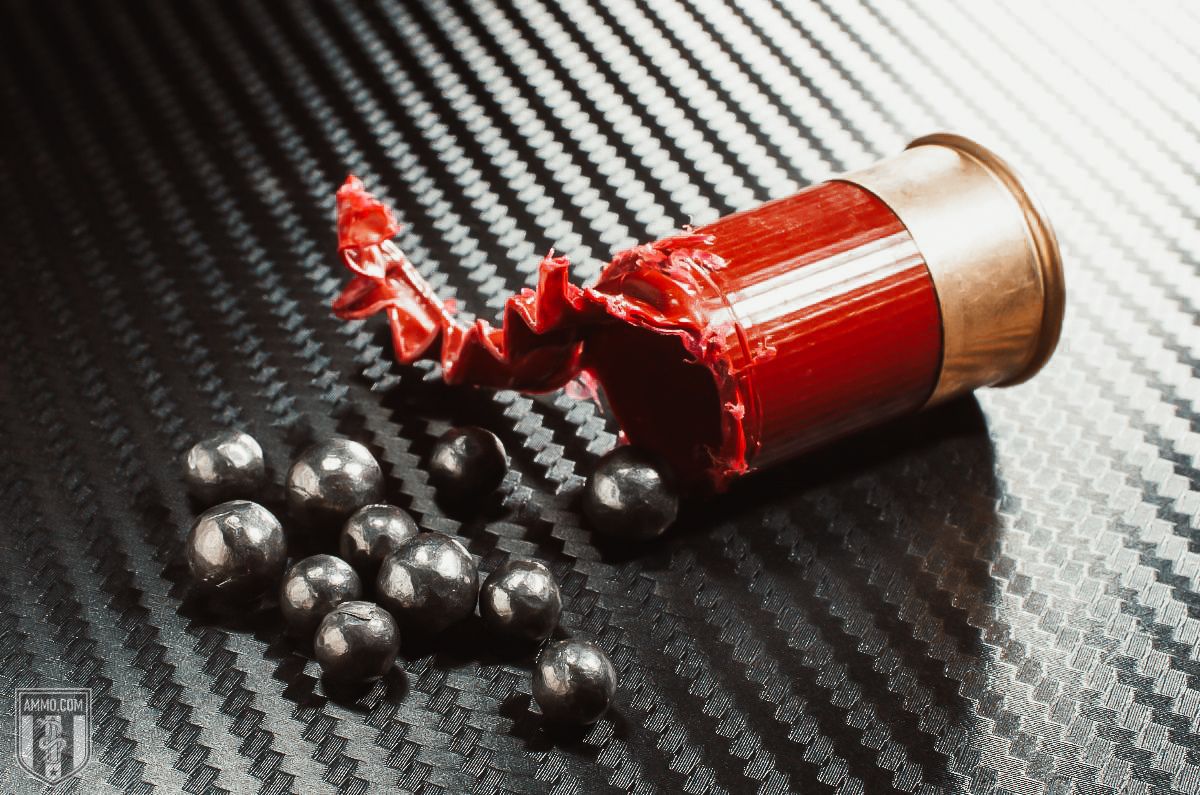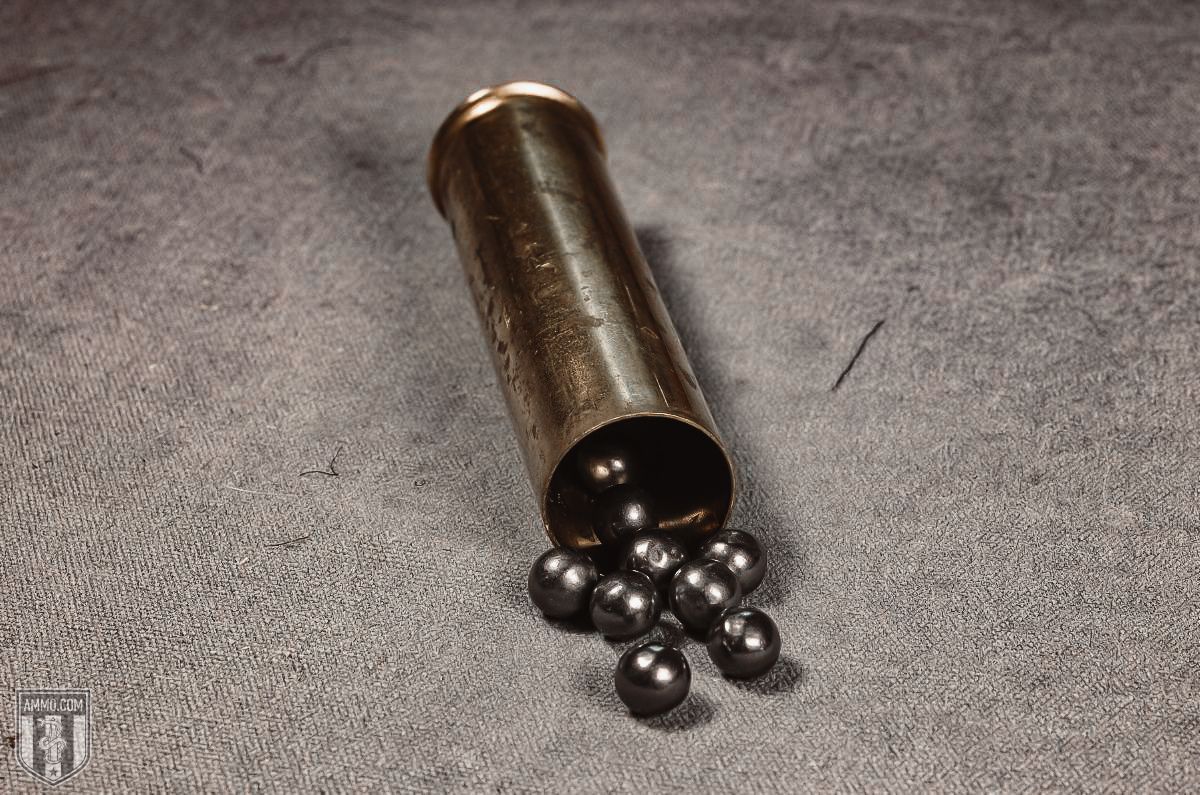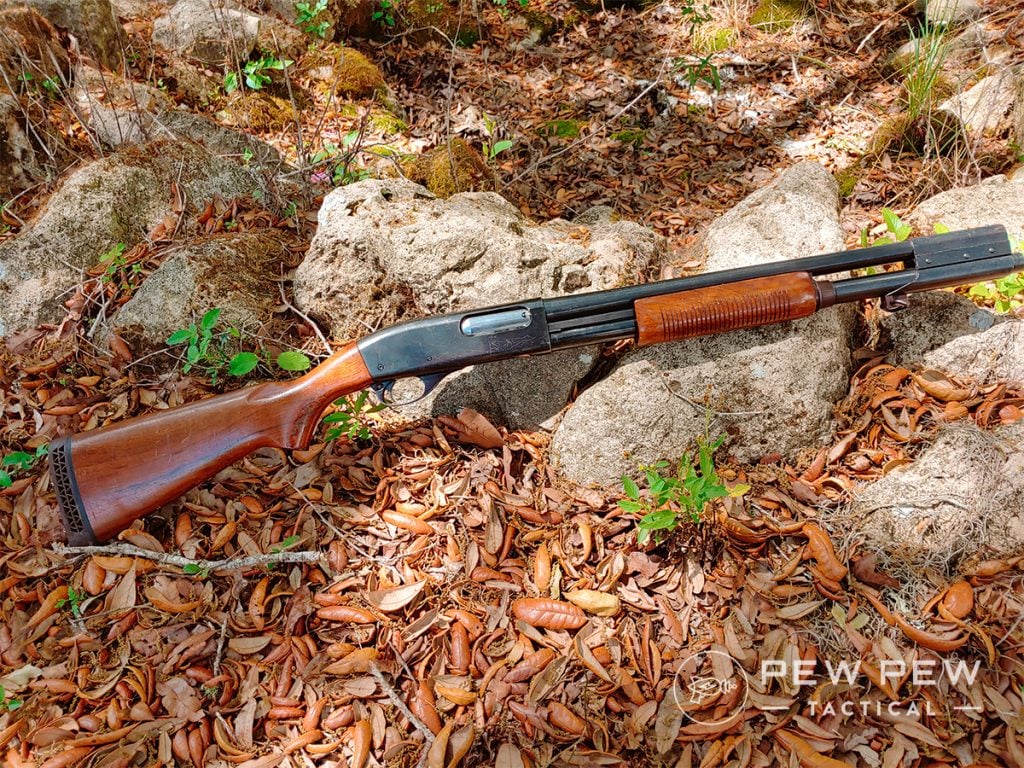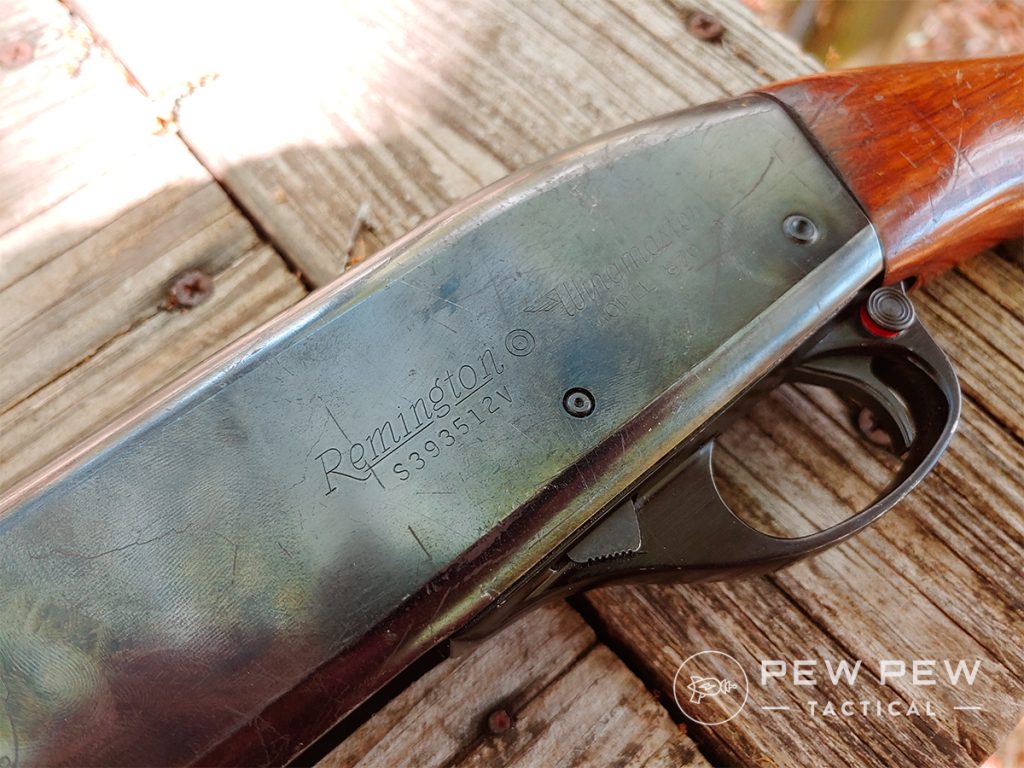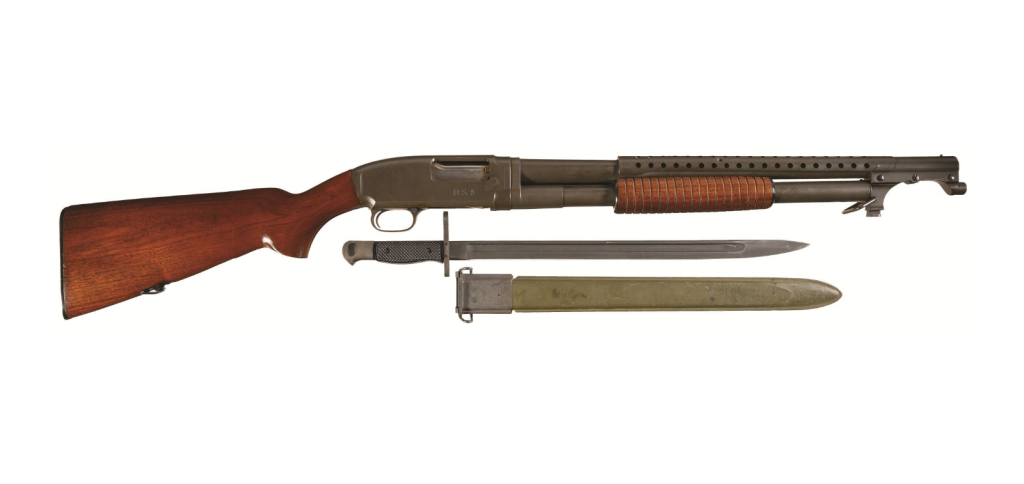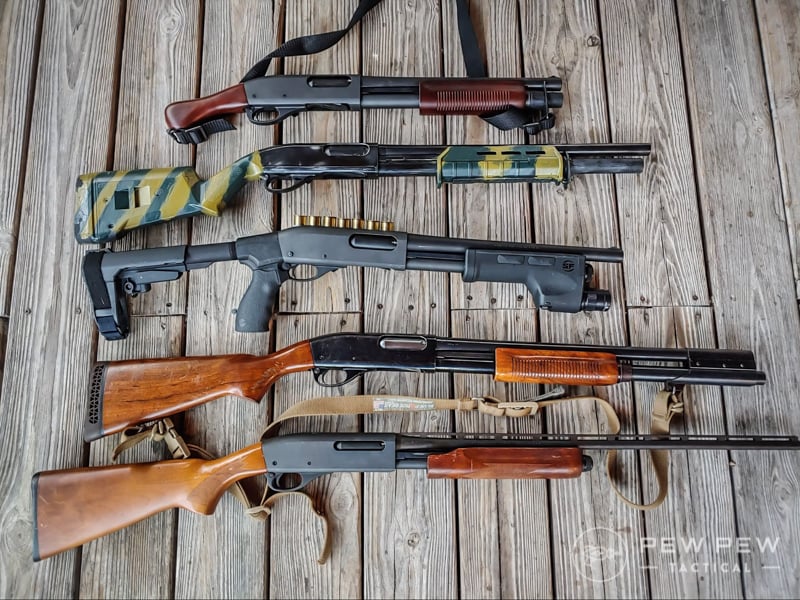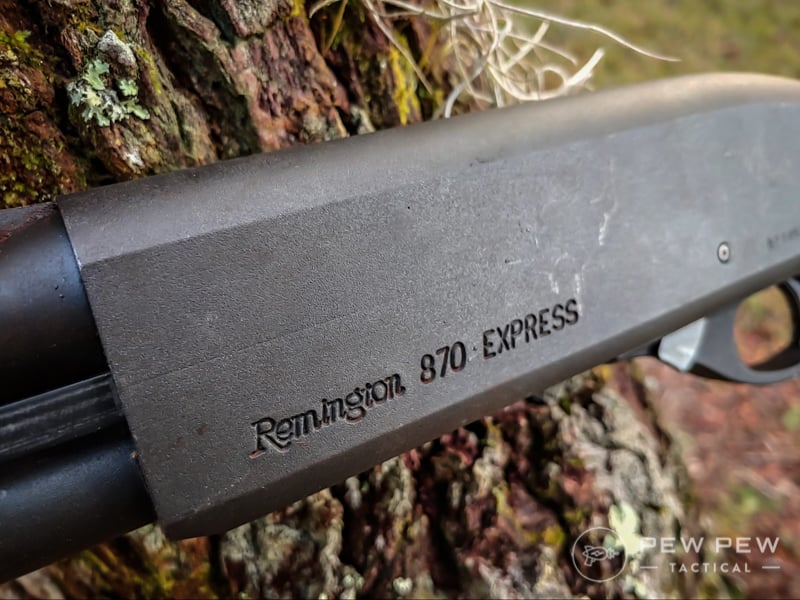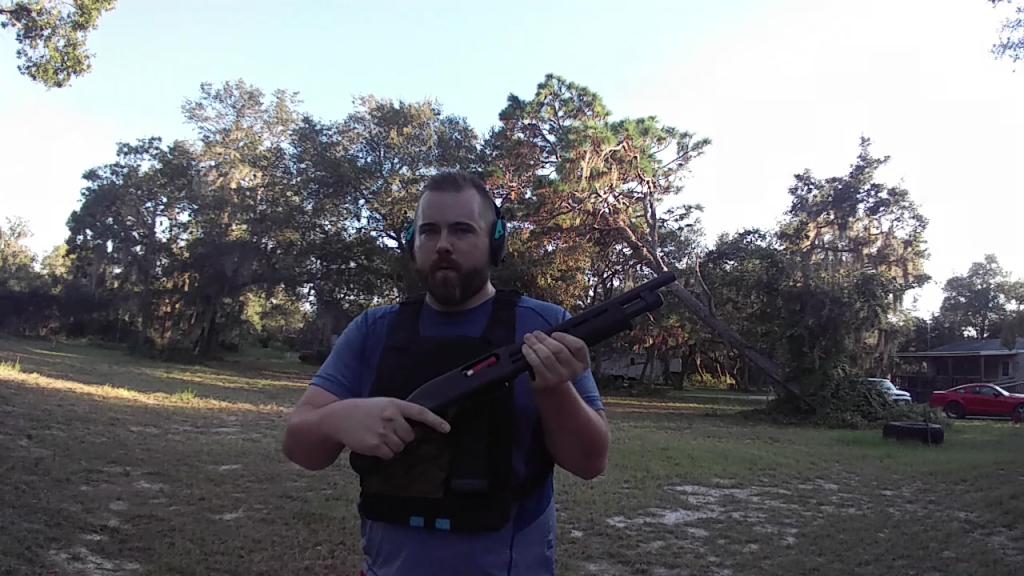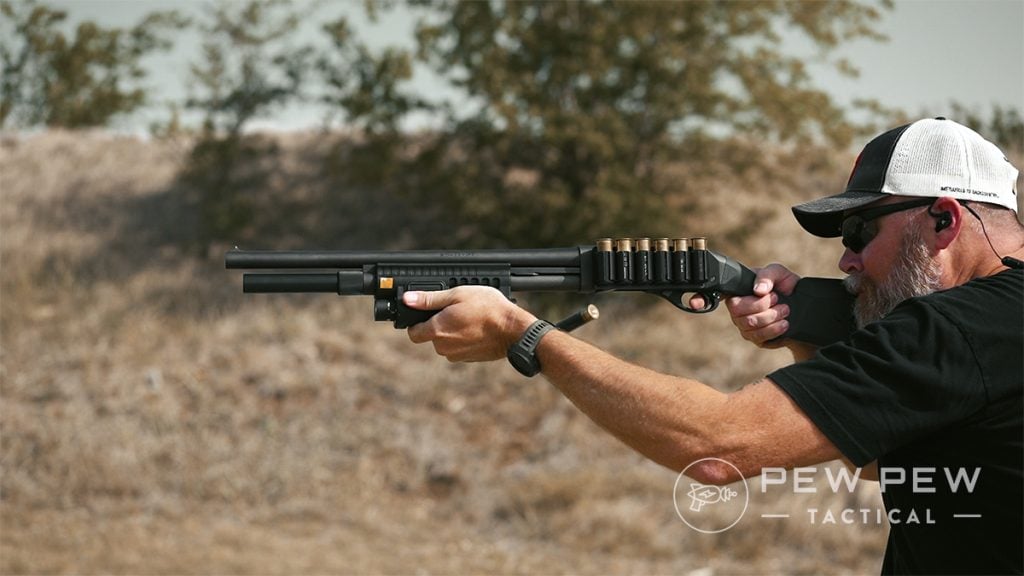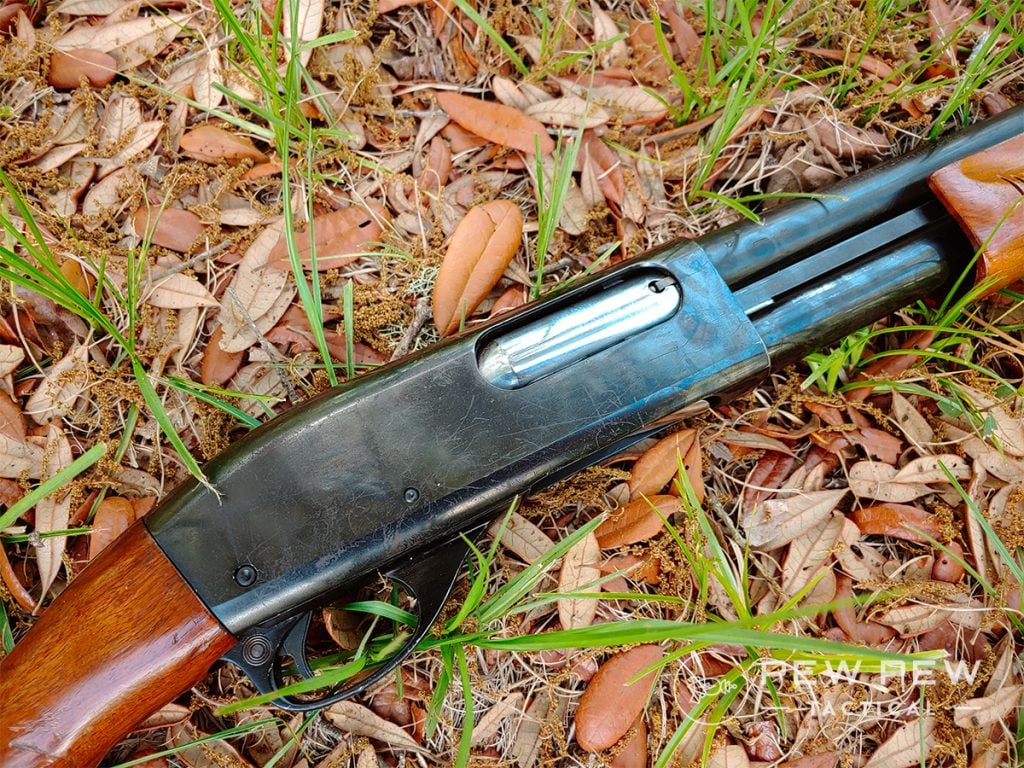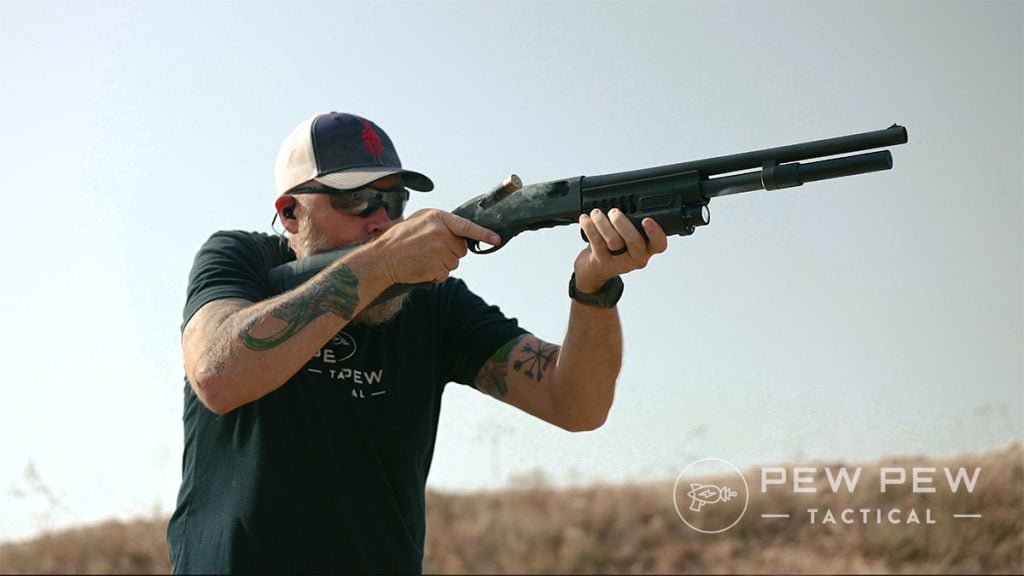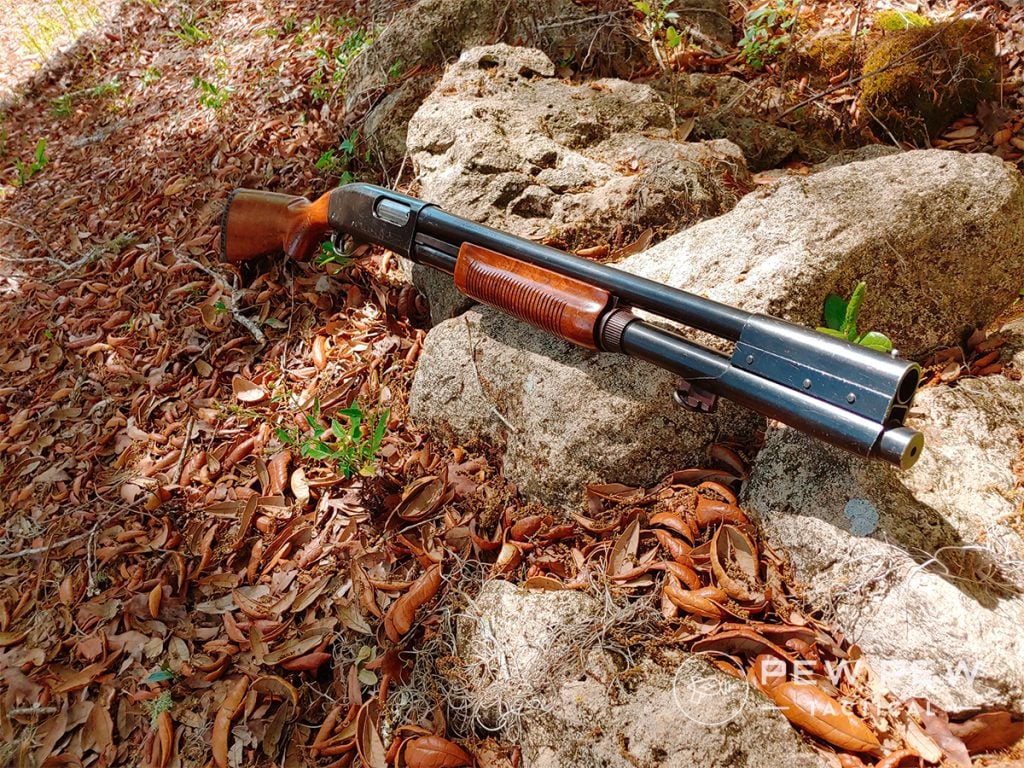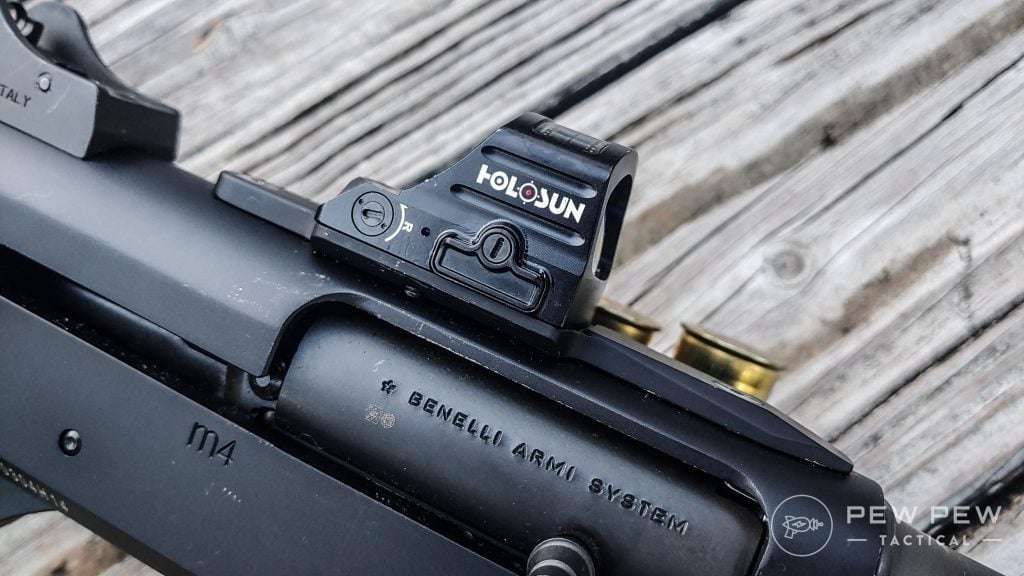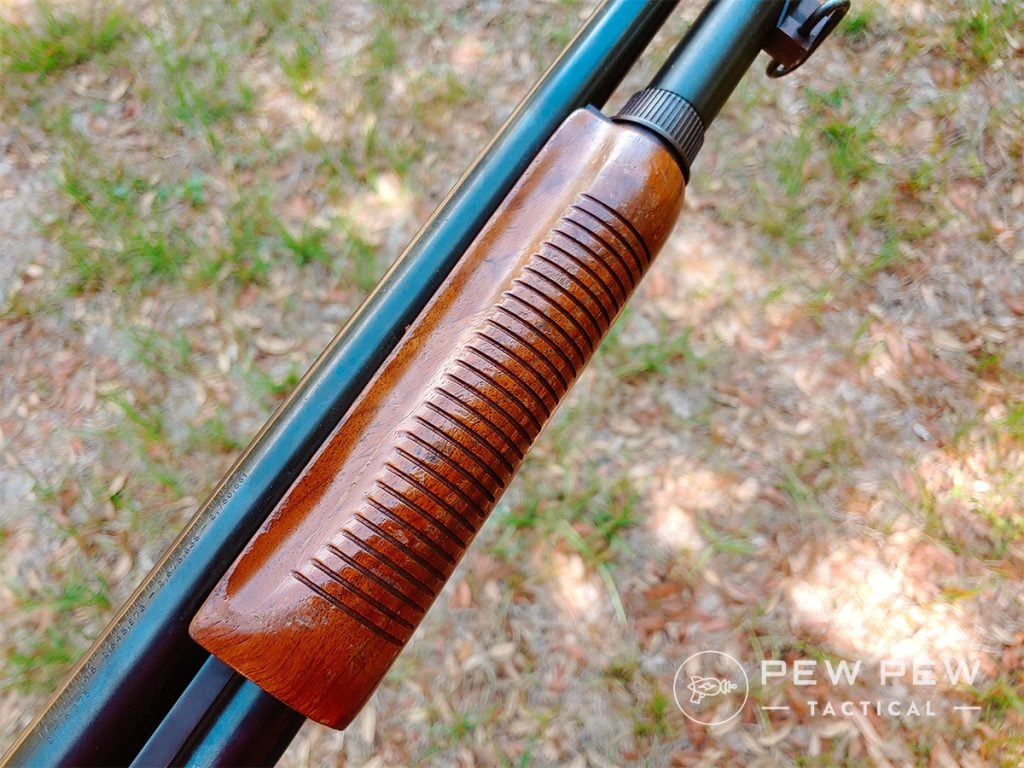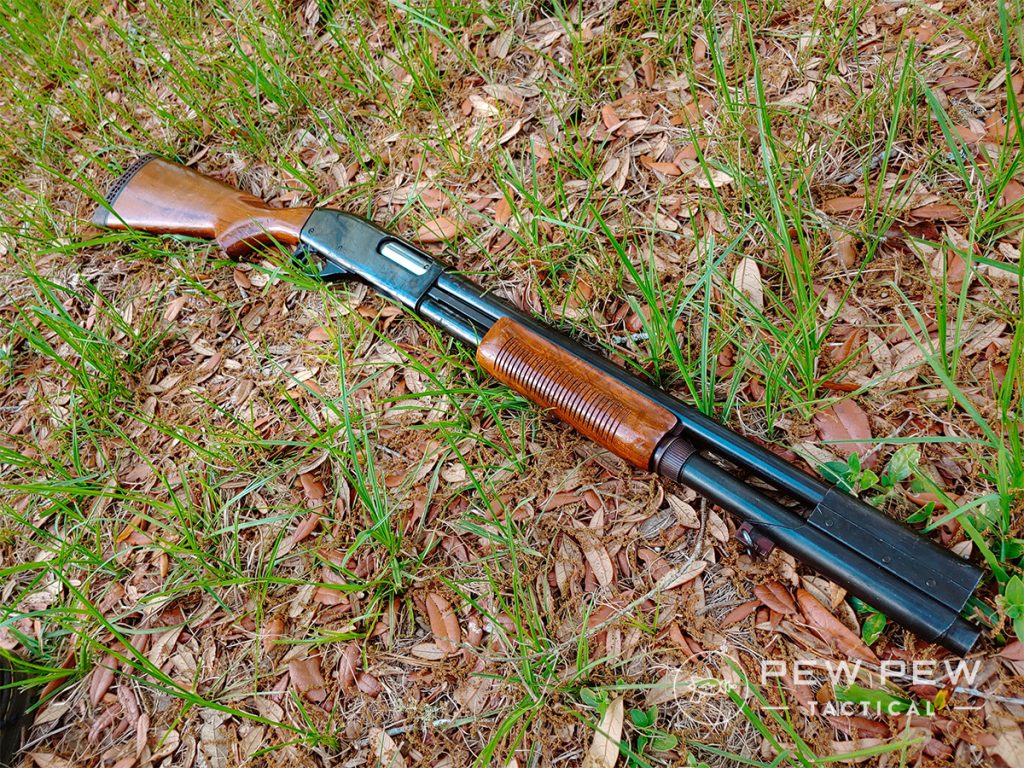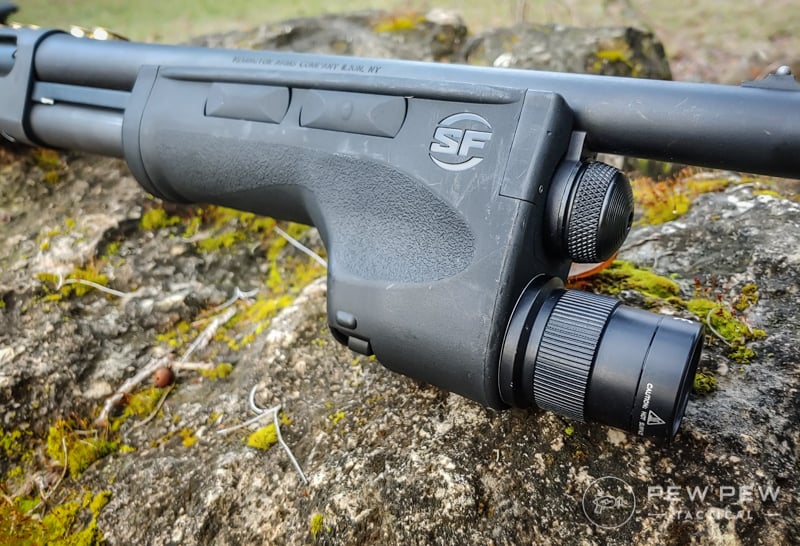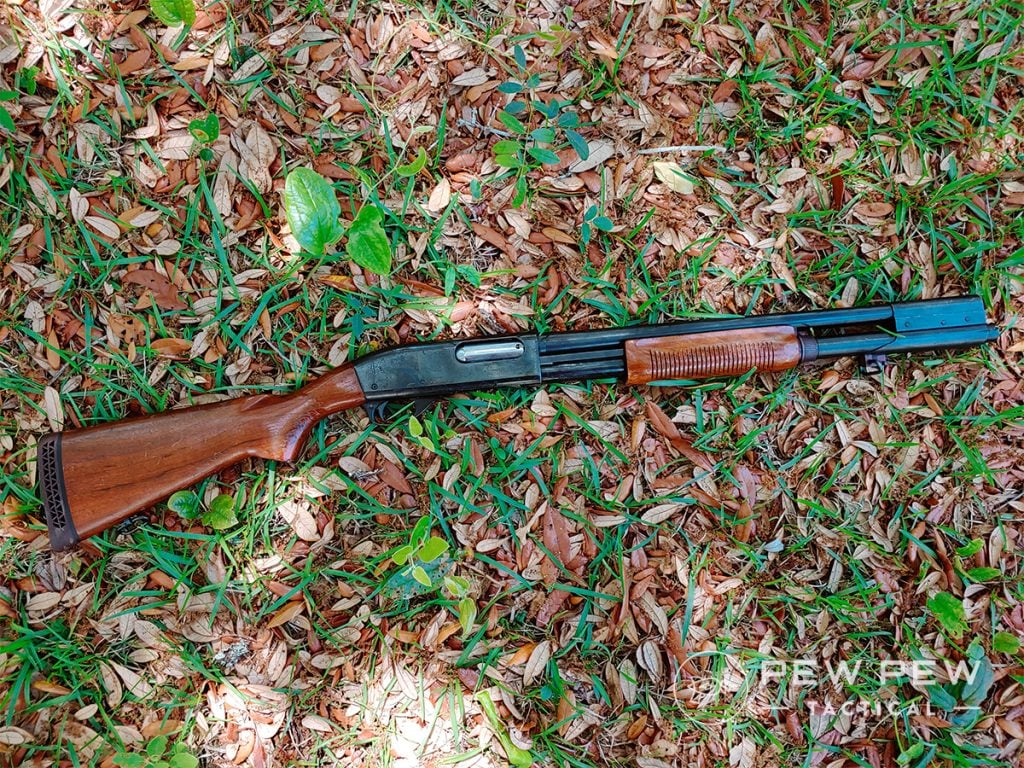Deer hunting in Maine’s vast north woods is a wilderness experience our farm country friends find truly exciting and challenging. The area surrounding North Country Lodge provides the best habitat available for monster whitetail bucks. The big ones are here, and they challenge you to the chase.
Table of Contents
The Elusive Northern Whitetail Buck
Monster big woods bucks over 200 lb dressed weight are not uncommon. A Maine buck’s antler size can be impressive, but body weight is what Maine bucks are noted for most of all.
Northern whitetail deer are a genetically different buck than you will find at home. Bucks are naturally bred with large bodies to survive cold winters, and typically will reach an older age due to low hunting pressure. Miles and miles of woods, with very few hunters, allows these trophies to reach a maturity not often seen by our southern neighbors.
Big woods bucks often cover a large territory while searching for a hot doe, and even though they favor certain travel areas, you never know where or when you will encounter your prize. You will find hardwood ridges and fir thickets where bucks will be checking for does. Bucks will bed down in a thicket or next to a fallen tree, but just as often they will take a bed on an open slope where they can scan for movements.
Deer Population
Maine’s deer population changes yearly depending on many factors – mostly the length of winter. Northern deer can survive brutally cold temperatures, but winter survival really depends on how early green growth and buds start to appear toward spring.
When populations dipped ten to twenty years ago, we closed our lodge during November. Populations are now rebounding, and we are seeing many more deer than in past years. For this reason, and at the urging of our many hunters who have always enjoyed the lodge and hunting in the “big woods,” we are again opening the lodge for November.
The Hunt
The “woods are lovely, dark and deep” as Robert Frost wrote. Endless miles of unpaved roads and skidder trails provide unlimited access to all manner of terrain. You will be free to roam through our area’s vast spruce-fir-hardwood forest without encountering “no trespassing” signs, paved highways or even another hunter. Or you can stay close, and take a stand in a known deer crossing area.
Hunt on your own, or guides can be provided upon request. We will also provide you with maps of the area and tree stands, set up by our Professional Maine Guides, to aid you in your Whitetail Deer hunt. You are free to head out in early morning and remain out until dark – or come and go as you please. The lodge is always open.
November in Maine can bring cold temperatures, with snow from easy tracking depth to knee deep. When fresh and soft, snowy woods are silent and beautiful – perfect for silently stalking and tracking. Warm and waterproof boots and clothing are suggested. Weather can also bring 40-50 degrees at noon, with lighter clothing and layers being vital.
Cell phone service is available throughout our area, making it easy to keep in touch with your partners or to call for help when needed.
Deer Hunting Season
Maine’s firearm deer season runs for 4 weeks, typically beginning the first Monday in November. Call us for details about each season, and early opportunities for bow hunting.
Shooting time starts 30 minutes before sunrise, and ends 30 minutes after sunset. Exact time is set by the State.
Fantastic Deer Hunting Lodge
Enjoy the warm hospitality at North Country Lodge and the camaraderie of fellow hunters. We believe that comfortable accommodations, relaxation, great meals, and complete service are important parts of an enjoyable hunting experience and vital to enjoying your visit with us.
You will enjoy our beautiful lodge with its rustic atmosphere and modern conveniences such as fireplace, WIFI and maid service.
The Lodge has two large sitting rooms, complete with a large fireplace and adorned with numerous trophy mounts representing past hunts – setting the perfect stage for sharing “tall tales” about your hunts.
The Lodge has full modern conveniences, including:
- Clean attractive private sleeping rooms that accommodate from 1 to 6 persons
- Comfortable beds
- Showers
- Towels and linens
- Daily cleaning service
- Spacious and relaxing lounge areas
- WIFI
- Cell Phone Reception
Women, couples and family groups with youth hunters all find the Lodge very hospitable. Single hunters are very welcome. Call us for more information.
Firearm and archery ranges are located adjacent to the lodge for double checking and fine tuning your sights before and during your hunt.
Delicious Dining
You will enjoy dining in the Lodge’s beautiful dining room. Our kitchen staff serves the finest quality meals – All “home cooked and all you can eat” – served in a beautiful dining room.
Breakfasts are available at 5 am for those wanting to hunt early. Lunch is provided in the dining room or you may take a bag lunch for a day in the woods. Bring your thermos, and we’ll fill it with hot coffee for the trail.
Before you Choose
Be sure to compare North Country Lodge’s quality service and hunting opportunities. Ask questions. Find out why Over 75% of our hunters are return clients.
Don’t settle for less than the best.
We look forward to playing a part in your dream of bagging a “Trophy Maine Big Woods Buck”.
Deer Hunting Package
Deer hunts at North Country Lodge include:
- Deluxe accommodations in a fully equipped modern hunting lodge.
- Six Days of hunting
- Seven Nights of lodging.
- Three complete meals per day-home cooking and all you can eat.
- Daily room cleaning service.
Advice from our licensed Maine guides on where to hunt and methods to use.Registered Maine Guides available upon request
Click here for our rates
Click here to obtain a Maine Hunting License online. Licenses are also available at many locations on your way here.
North Woods Tips
Two articles of hunter orange clothing are required during deer season by Maine law. November in Maine can be very cold (20F or colder). Warm clothing and rugged boots are important. A flashlight, knife, compass, matches and fire starter are also considered a necessity for hunting Whitetail Deer in Maine. Many find their GPS and Cell phones very handy.
About North Country Lodge
When you plan your hunting trips, you expect the best, with “no surprises.” The Goodman family established North Country Lodge in 1985, always making sure that guests enjoy the very best Maine hunting experience.
Location, Location, Location
North Country Lodge is nestled among the pines, spruce and hardwood ridges in Aroostook County of northern Maine. The region comprises the largest wilderness area east of the Mississippi River. We are 11 miles north of Patten Maine, and approximately 25 miles east of Maine’s largest state park (Baxter State Park) and the Maine Woods National Monument.
For well over a century, Aroostook County has offered the finest Black Bear, Whitetail deer, and moose hunting on the North American continent.
This magnificent hunters’ paradise, with hardwood ridges, rolling hills, swamps and bogs, provide the setting for an exciting and memorable experience in the vast North Maine Woods.
Maine Guides
Our staff of hunting guides has a vast knowledge of the region and the game that resides here. All have exemplary reputations earned over the years from serving hunters and the hunting industry. Our guides are active all year, either preparing for your visit, or working diligently with outdoor organizations and wildlife biologists to protect the game and the privilege to hunt.








![Air gun 101: The differences between .177 & .22 – Which jobs they do best ? [Infographic]](https://airgunmaniac.b-cdn.net/wp-content/uploads/2024/11/1773-218x150.jpeg)






























